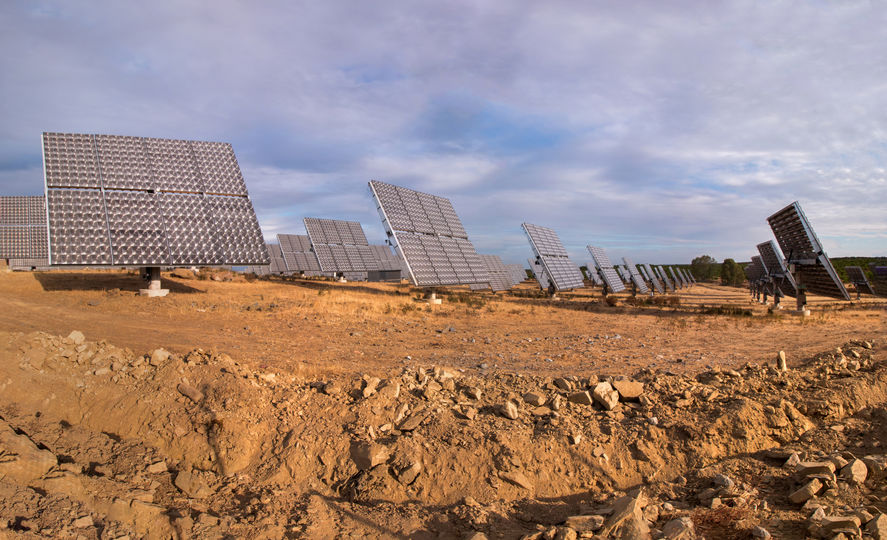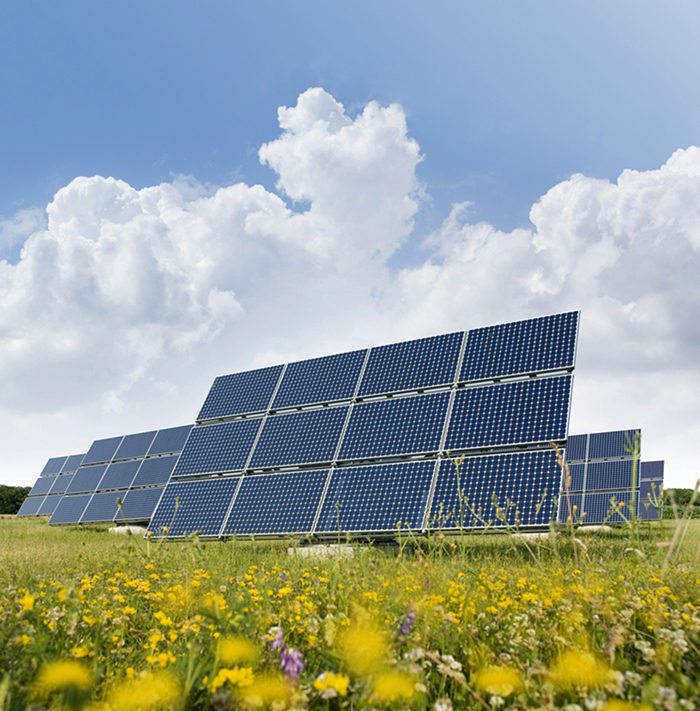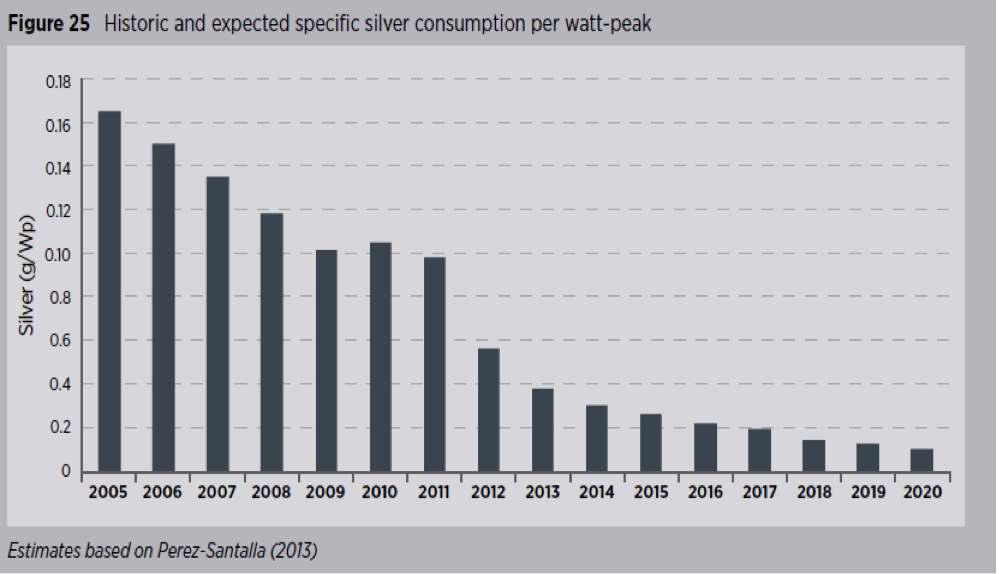Toxic Waste From Solar Panel Manufacturing

If solar and nuclear produce the same amount of electricity over the next 25 years that nuclear produced in 2016 and the wastes are stacked on football fields the nuclear waste would reach the height of the leaning tower of pisa 53 meters while the solar waste would reach the height of two.
Toxic waste from solar panel manufacturing. Most solar manufacturers claim their panels will last for about 25 years and the world didn t start deploying solar widely until the early 2000s. Additionally to produce solar panels manufacturers need to handle toxic chemicals. Solar photovoltaic panels whose operating life is 20 to 30 years lose productivity over time. Solar panels create 300 times more toxic waste per unit of energy than do nuclear power plants.
While solar panels are considered a form of clean renewable energy the manufacturing process does produce greenhouse gas emissions. Fueled partly by billions in government incentives the industry is creating millions of solar panels each year and in the process millions of pounds of polluted sludge and contaminated water. For any user of solar panels this is not an immediate risk as it only affects manufacturers and recyclers. More disconcerting however is the environmental impact of these chemicals.
Solar panels create 300 times more toxic waste per unit of energy than do nuclear power plants. They also contain lead cadmium and other toxic even carcinogenic chemicals that cannot be removed without breaking apart the entire panel. Worse rainwater can wash many of these toxics out of the fragments of solar modules over time. If solar and nuclear produce the same amount of electricity over the next 25 years that nuclear produced in 2016 and the wastes are stacked on football fields the nuclear waste would reach the height of the leaning tower of pisa 52 meters while.
The international renewable energy agency estimated that there were about 250 000 metric tons of solar panel waste in the world at the end of 2016 and that the figure could reach 78 million metric tons by 2050. Environmental scientists and solar industry leaders are raising the red flag about used solar panels which contain toxic heavy metals and are considered hazardous waste. While solar is a far less polluting energy source than coal or natural gas many panel makers are nevertheless grappling with a hazardous waste problem. With recycling expensive.
Solar panels contain lead cadmium and other toxic chemicals that cannot be removed. Based on installed capacity and power related weight we can estimate that by 2016 photovoltaics had spread about 11 000 tons of lead and about 800 tons of cadmium. However solar panels are not emitting toxins into the atmosphere as they re generating electricity.
















































